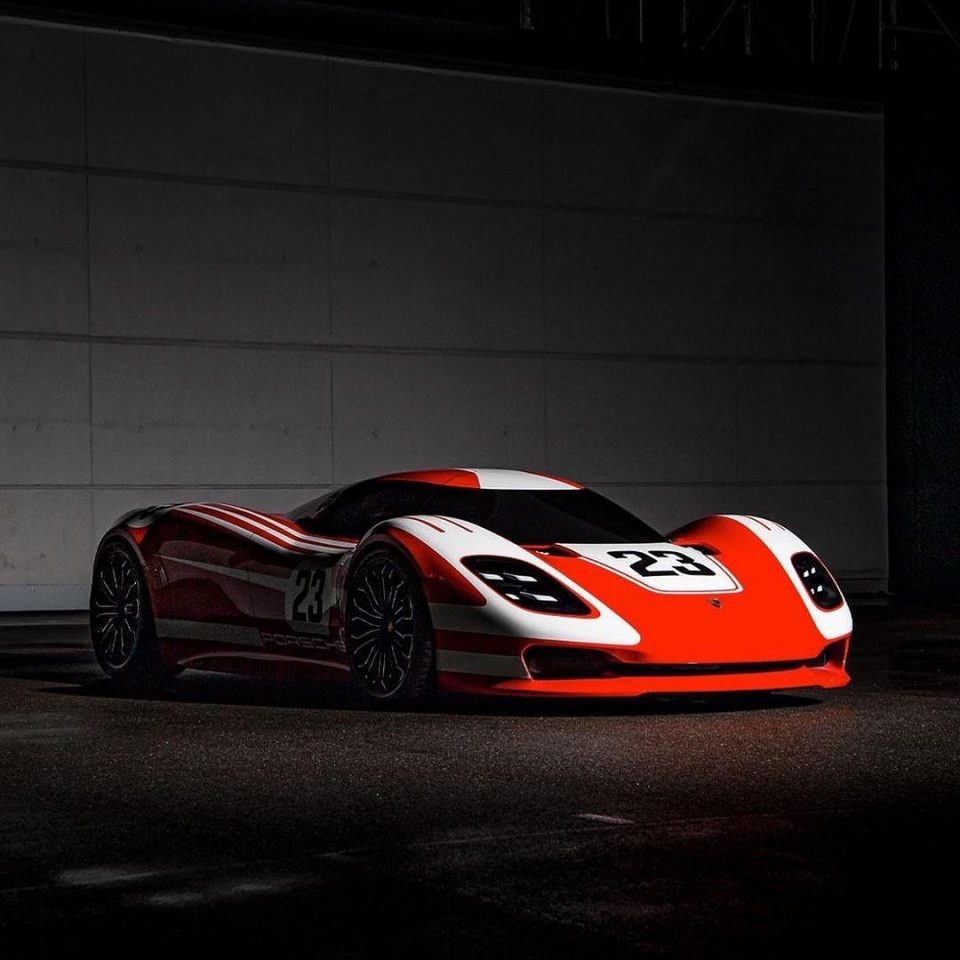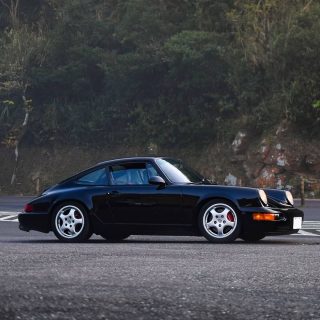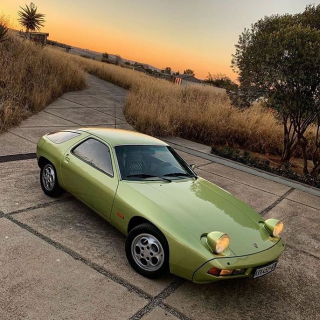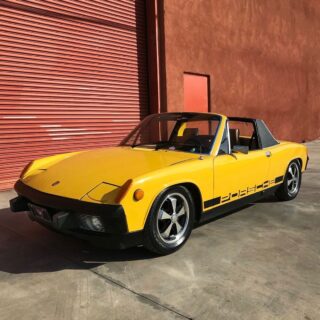
Thanks to many factors, the Porsche 917 is considered today one of the most iconic racing cars of the ’70s. After two years of development, its first version, which was specifically projected to compete in the “24 Hours of Le Mans”, debuts in 1969. It is super light (800kg) thanks to an extensive use of aluminum, and features a double 6-cylinder flat engine (derived from the 911 R) which guarantees a total output of 520HP at 8000rpm. But the first 917 is also terribly unstable as it reaches high speeds, and, for this reason, many pilots rejected to drive it. A Spyder variant of this car was also built: it’s the 917PA, and equips a 580HP motor. One year later, Porsche solves the instability problem by modifying the rear’s aerodynamics and adopts the same engine as the 917PA. This evolution takes the name of 917K, where the K means “Kurzheck”, short-tail in English. Just a few months later, the 917LH (Langheck, long-tail) also debuts, and, with an incredible 630HP engine, is designed to tackle straights at a highest speed than the 917K. In 1972 Porsche upsets the situation by introducing the 917/10. This version has an entirely redesigned body and contains an incredible 5-liter engine that develops 850HP during competitions and 1200HP during qualifications (thanks to the increase of pressure from supercharging). Despite all this power, the weight was just 767kg. Many pilots compared this version to an indomitable horse. The 917/10 will evolve first in the 917/20 and then in the 917/30. The latter has a power of 1580HP (but limited at around 1300HP in competition for stability reasons) and reaches 100km/h in just 1,9 seconds! The last version (1980) of this vehicle is the 917K/81, which signed a total failure and signed the end of production.
_________________________________________
📷 @porsche
_________________________________________
🏎️ Porsche 917
📍 Germany
🛠️ 12-cylinder 4.5 520HP
💶 Not for sale
_________________________________________
Our vote: ⭐⭐⭐⭐️⭐️ (4/5)





